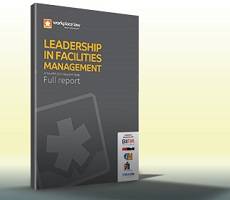September 5, 2013
EU lags behind upward trend in the sustainability of global real estate
 There has been a clear and upward trend in the sustainability performance of global real estate, but despite the continued focus of EU regulators on the built environment, Europe lags behind other regions. According to the results of the GRESB (Global Real Estate Sustainability Benchmark) 2013 Report – based on sustainability data gathered from 543 property companies and funds, providing aggregate information on 49,000 properties across the globe – the real estate sector significantly reduced its environmental impact, decreasing energy consumption by nearly 5 per cent over the 2011-2012 period. Over the same period, greenhouse gas emissions decreased by 2.5 per cent, and water consumption by 1.2 per cent. More →
There has been a clear and upward trend in the sustainability performance of global real estate, but despite the continued focus of EU regulators on the built environment, Europe lags behind other regions. According to the results of the GRESB (Global Real Estate Sustainability Benchmark) 2013 Report – based on sustainability data gathered from 543 property companies and funds, providing aggregate information on 49,000 properties across the globe – the real estate sector significantly reduced its environmental impact, decreasing energy consumption by nearly 5 per cent over the 2011-2012 period. Over the same period, greenhouse gas emissions decreased by 2.5 per cent, and water consumption by 1.2 per cent. More →
























August 14, 2013
Proceed with caution when using social media to recruit new talent
by Sara Bean • Comment, Knowledge, Legal news, Workplace
Time was, not so long ago that a job seeker could choose which aspects of their experience, interests and personality they wanted to reveal on a job application. For the employer this meant wheedling out the right candidates from a pile of written applications, then using the interview process to determine whether the applicant measured up to their requirements. Today, social media not only makes it easier for employers to reach a much wider universe of candidates – it also gives them the opportunity if they choose, to screen potential employees, and this is where legally, ethically and practically, new largely uncharted problems lie. More →